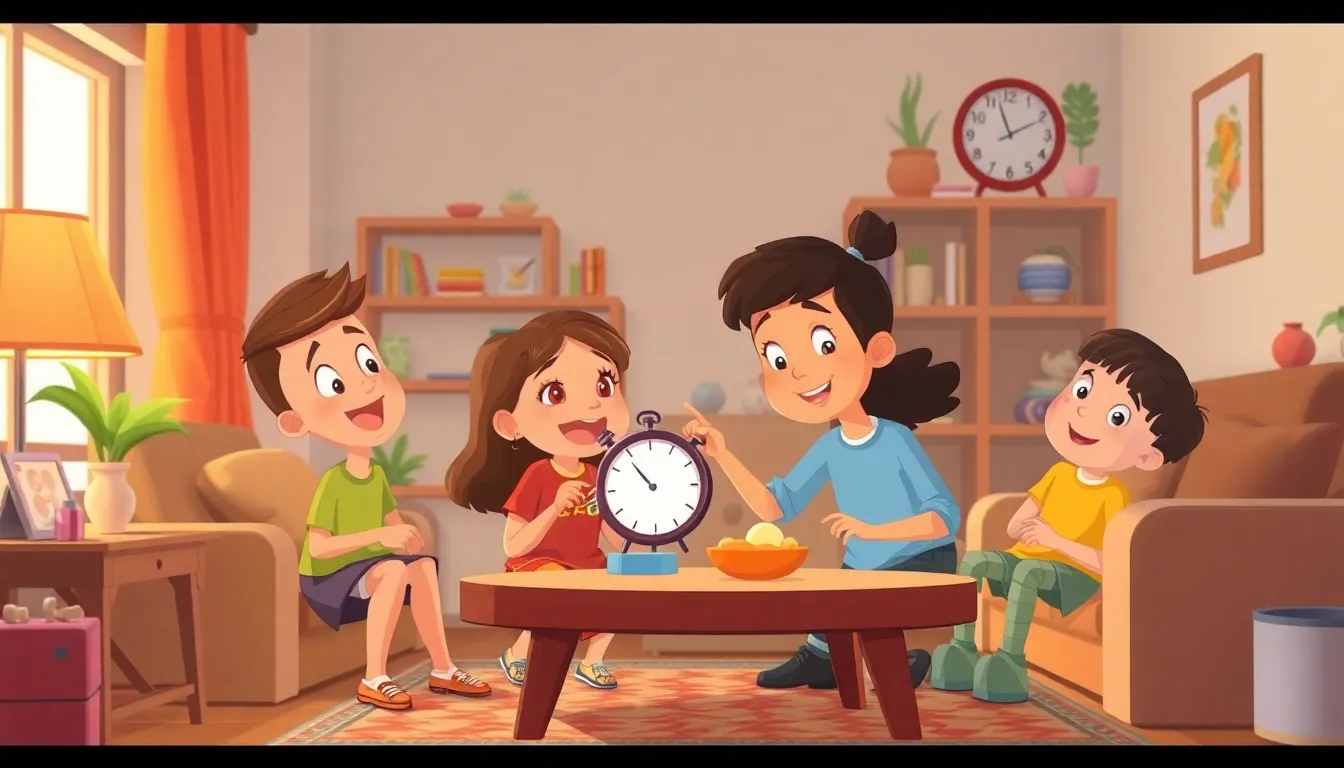
⏰ What Time Is It?
Introduction
Every day we hear words like “breakfast time” or “bedtime.” Knowing the time helps us know when to eat, play, and rest. Let’s discover how a clock tells us the hour and the minutes!
1. What a Clock Looks Like
A clock is a round face with numbers 1‑12 around the edge.
- Hour Hand – short and strong.
- Minute Hand – long and thin.
Think of the clock as a friendly circle that points to the numbers to show the day’s schedule.
2. How the Hands Move
- The Hour Hand moves slowly. It jumps from one number to the next every 60 minutes.
- The Minute Hand moves faster. It makes a full circle in one hour.
Imagine the hour hand as a sleepy turtle and the minute hand as a hopping rabbit. The rabbit runs around while the turtle takes its time.
3. Reading the Big Numbers
- Look at the Short Hand first – that tells the hour.
- Then look at the Long Hand – each number it points to means 5 minutes.
If the short hand points to 3 and the long hand points to 12, it’s 3:00.
If the long hand points to 6, that’s 30 minutes, so it’s 3:30.
4. Why We Use Time
Time helps us plan.
- Morning – we get ready for school.
- Afternoon – we play and eat lunch.
- Evening – we read stories and go to bed.
When we know the time, we can be on time for fun things!
Did You Know? 🤔
A day on Earth is 24 Hours, but a full moon takes about 27 Days to go around the sky. That’s why the moon looks different each night!
Conclusion
Now you’re a time‑telling explorer! Look at clocks at home, school, or on a watch and practice reading them. The more you play with the hands, the easier it becomes. Keep watching the clock and discover when new adventures begin! 🚀